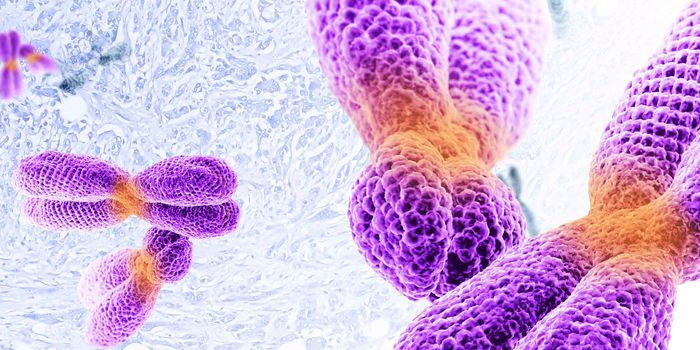Move and Detect : Diagnosis of Neonatal Sepsis Using Fluorescent Micromotors
According to the World Health Organization (WHO), sepsis occurs when the body’s response to an infection injures its own tissues and organs and can lead to death or significant morbidity. Every year, sepsis is estimated to affect about 30 million people worldwide, with potentially 6 million deaths. Of particular concern, an estimated 3 million newborns and 1.2 million children suffer from sepsis yearly. 30% of the deaths due to neonatal sepsis are attributed to pathogens that are resistant to antibiotics.
One particular area of concern is the diagnosis of sepsis in very low birth weight infants, where the extraction of large volumes of samples is inadvisable. While there has been significant improvement in antibiotic therapies and life support, the global death rate of neonatal sepsis is still high. Also, the overuse of antibiotics can cause drug-resistant bacteria to develop, which can become life-threatening and difficult to treat. Therefore, there is a clear and present need for the development of diagnostic tools to identify predictive biomarkers for the early diagnosis of sepsis. Early diagnosis is essential for timely treatment and can provide guidance for appropriate antibiotic therapy.
Procalcitonin (PCT) is a specific biomarker that can be used in the early clinical diagnosis of severe infections and sepsis caused by bacteria. Also, PCT detection can be used clinically to guide antibiotic therapy. PCT is a protein that is generally produced by thyroid C cells. The levels of PCT in healthy patients is very low, and below the detection limit of most diagnostics. Upon severe systemic inflammation, especially bacterial infection, PCT is secreted. Noninfectious inflammatory stimuli rarely cause elevated PCT levels; therefore, PCT is a good indicator of severe bacterial infections. New developments for the sensitive, rapid, and consistent measurements of PCT levels are needed to help healthcare professionals combat sepsis, particularly neonatal sepsis.
In recent work published in ACS Sensors, a new fluorescent micromotor-based immunoassay has been developed for PCT detection as early sepsis diagnostic, analytical tool.
- Fluorescence is the emission of light by a material that has absorbed some other light.
- Micromotors are microscale particles that convert a chemical, magnetic, ultrasound, or light into autonomous propulsion.
- Immunoassay is a test that measures the concentration of a protein, usually using an antibody to bind the substance of interest.
In this new diagnostic technology, the micromotors have high binding capacity enabled by the use of specific antibodies on their polymeric outer layer. The micromotors can be guided magnetically or can move by self-propulsion by the catalytic generation of oxygen bubbles. This allows them to actively recognize the PCT antigen by moving around the collected sample. The researchers of the study were able to directly determine very low PCT levels in clinical samples from very low birth weight infants with suspected sepsis, using very small collected samples. The crucial advantage of this work is the small sample sizes that are required due to the movement of the micromotors which detect PCT antigens.
Sources: WHO, Wikipedia (PCT), Mayo Clinic, Wikipedia (Fluorescence), Wikipedia (Immunoassay), ACS Sensors, Sepsis.org










